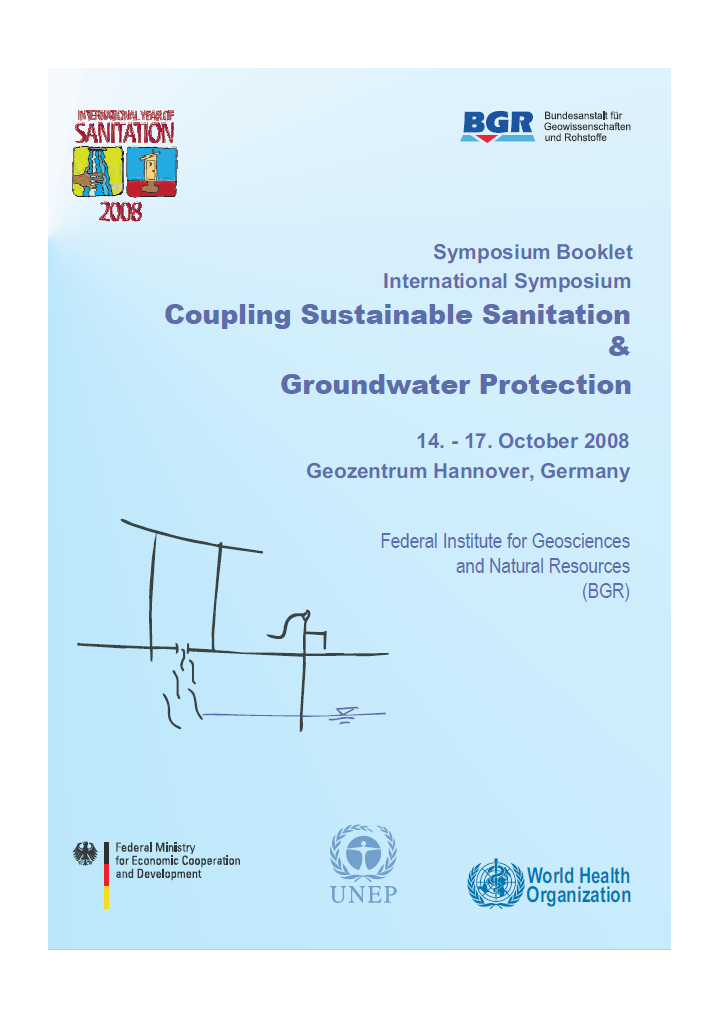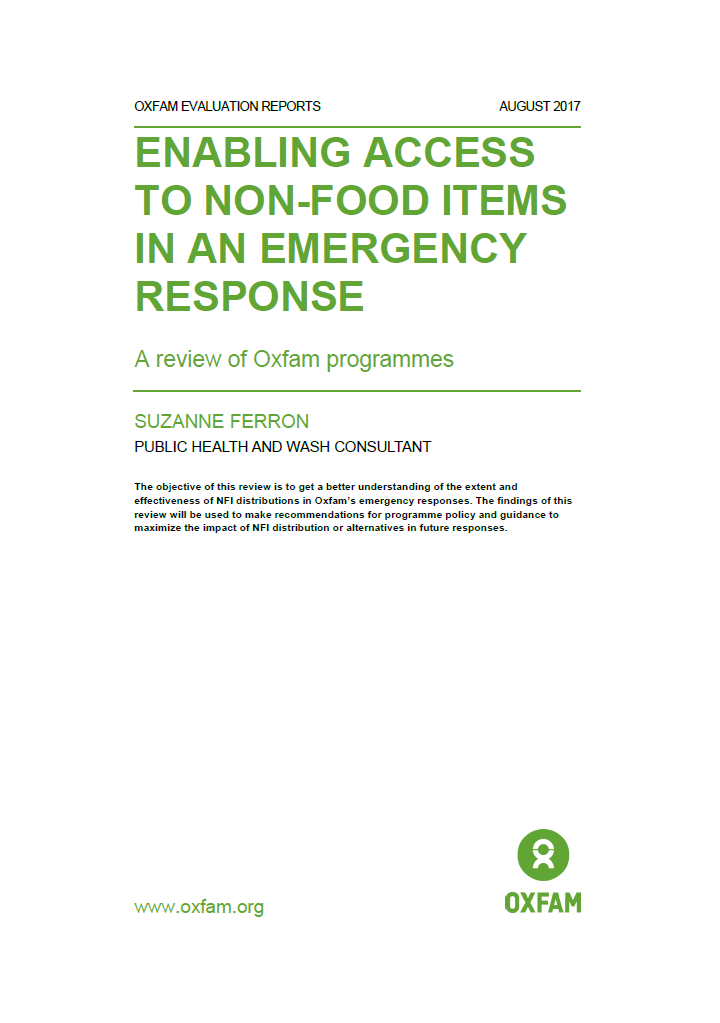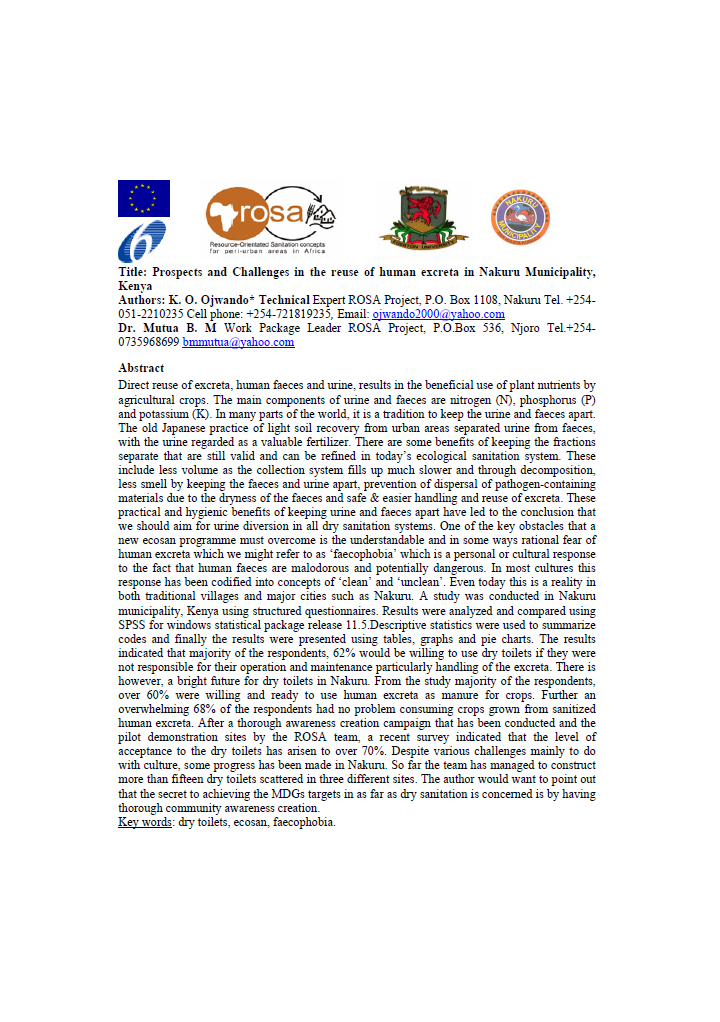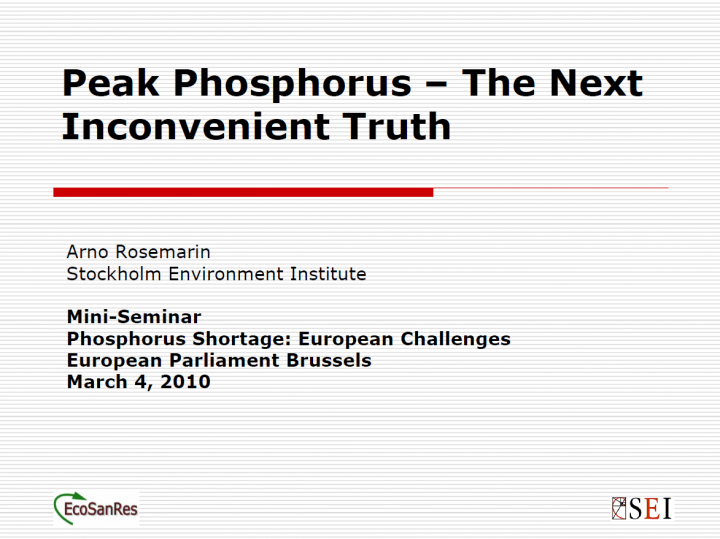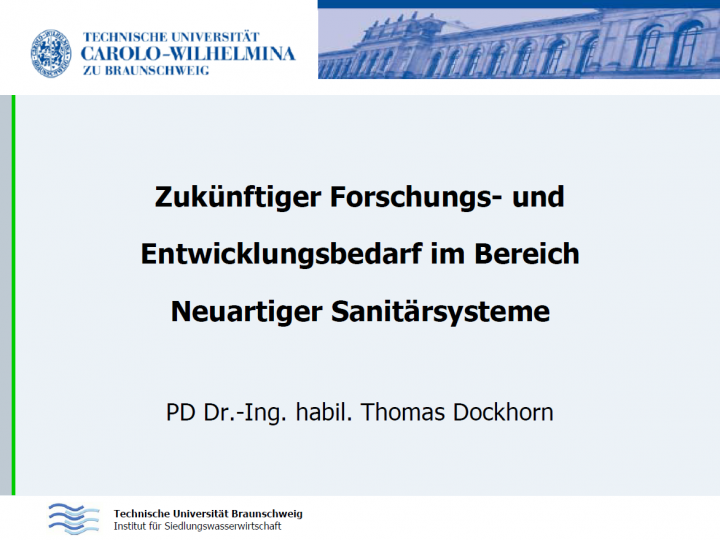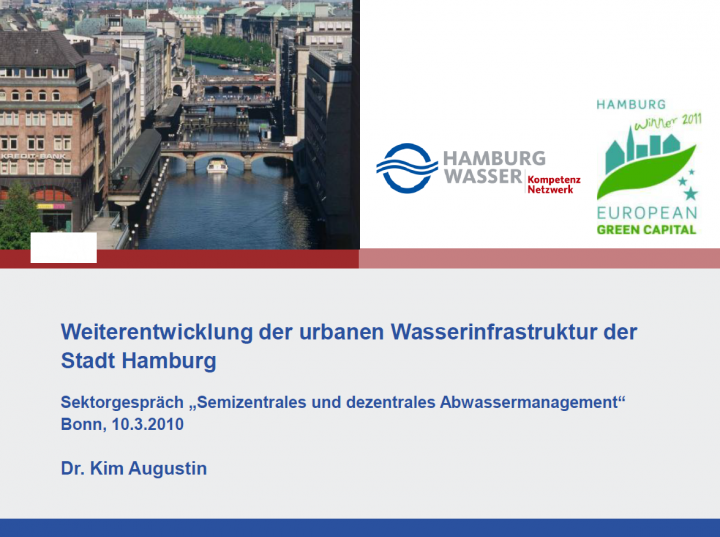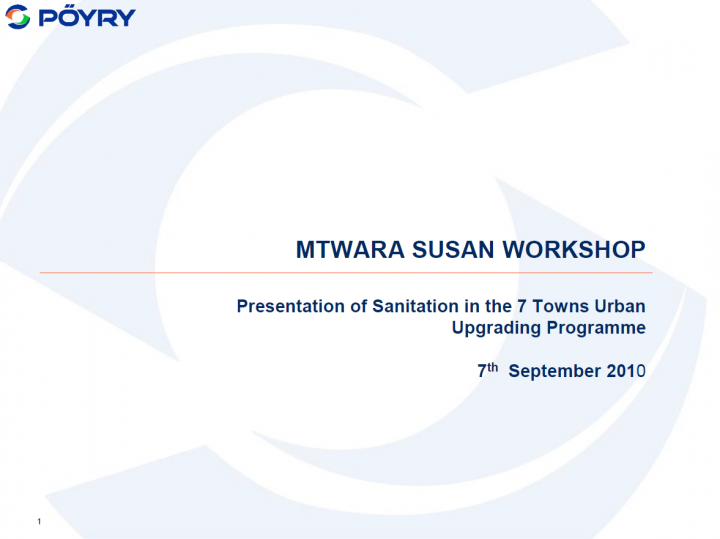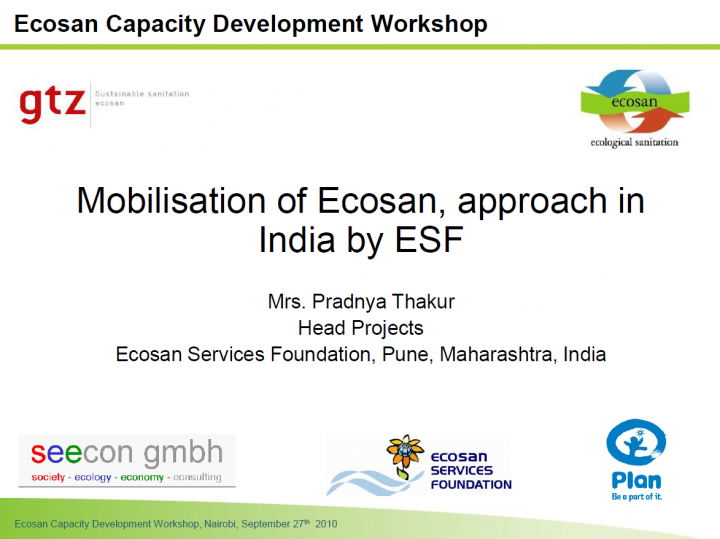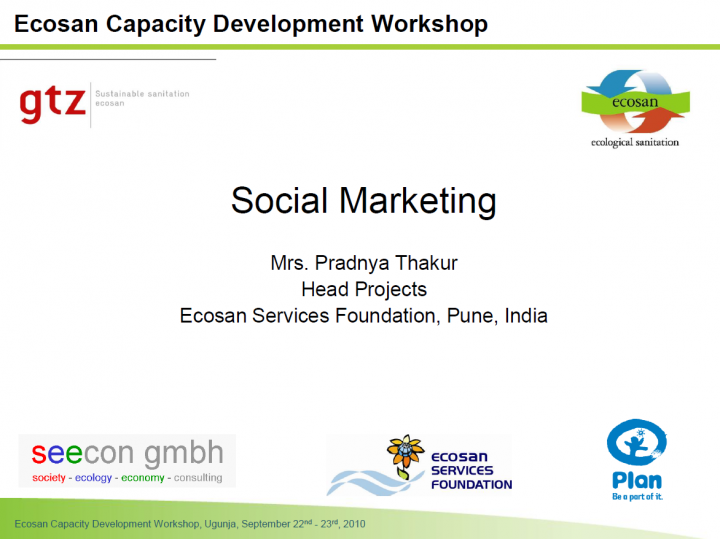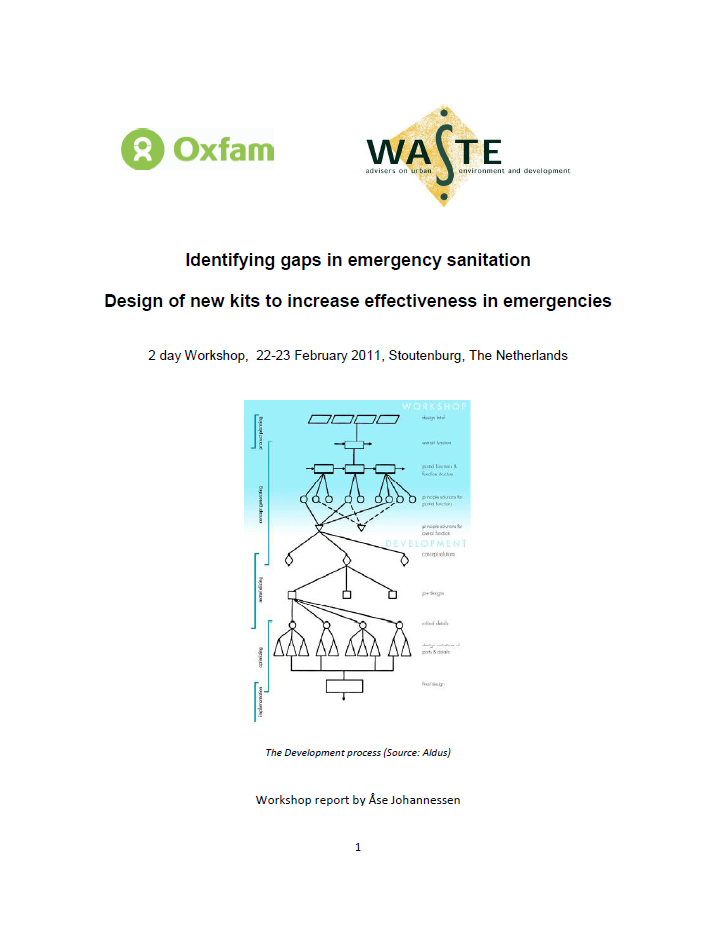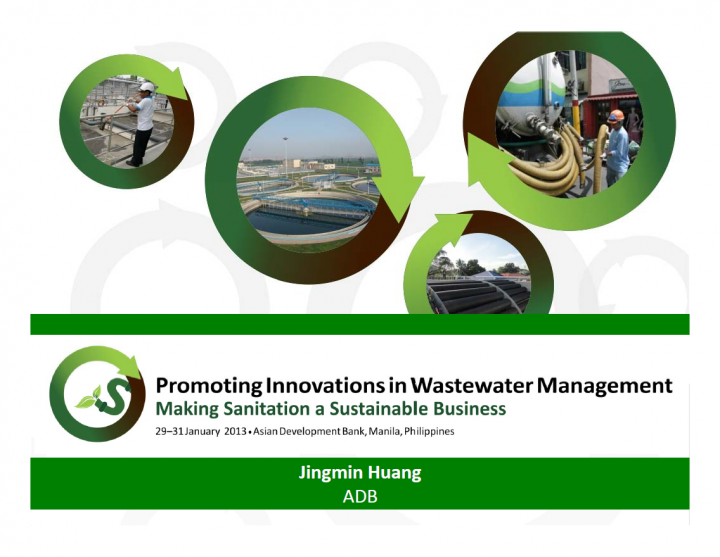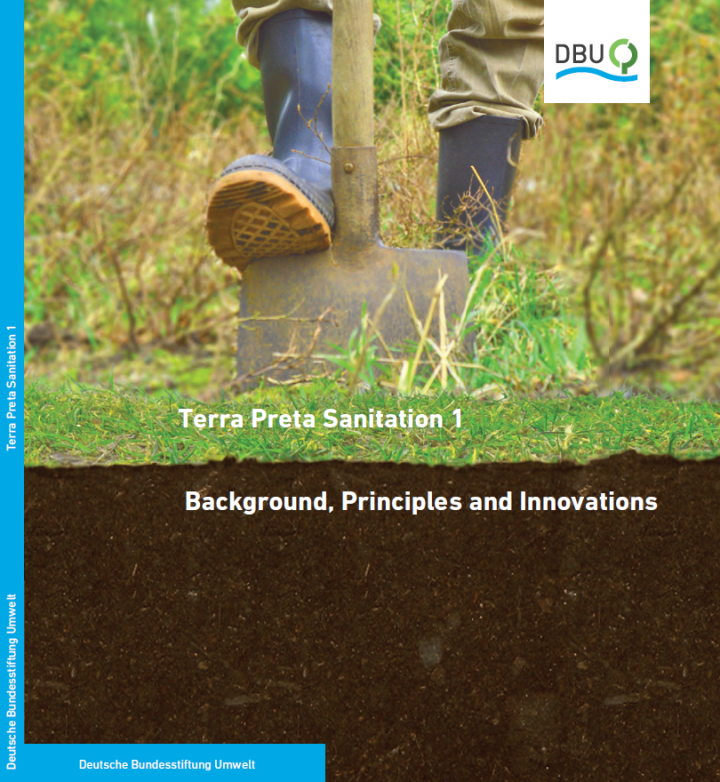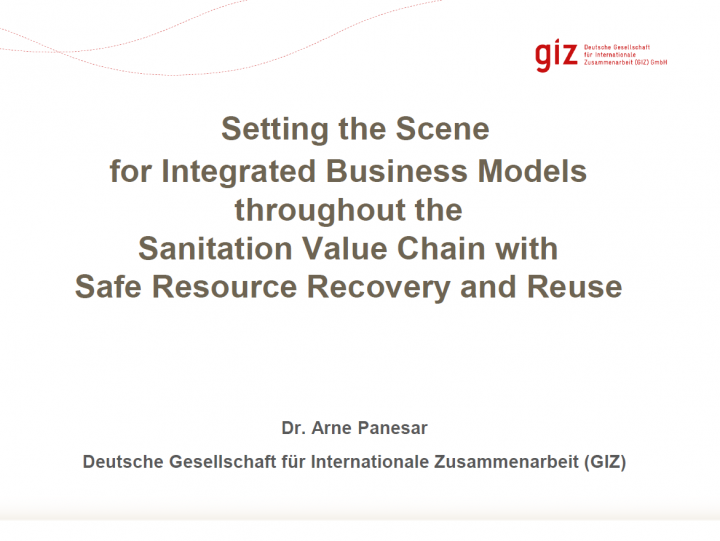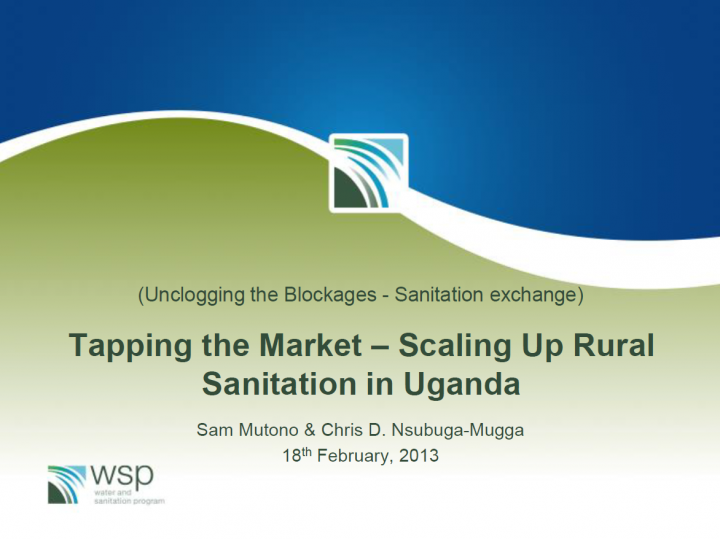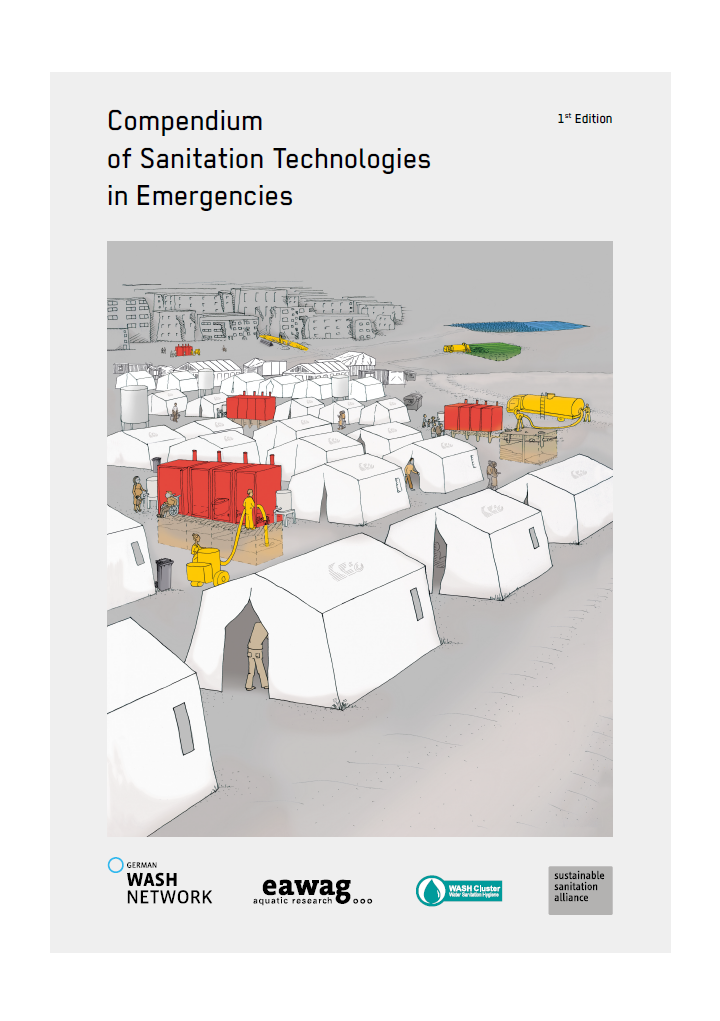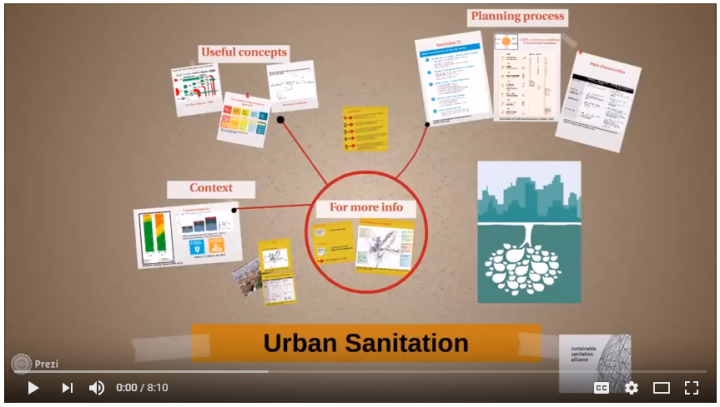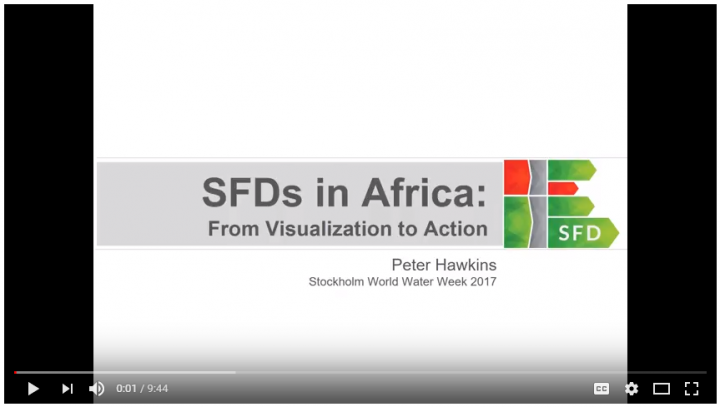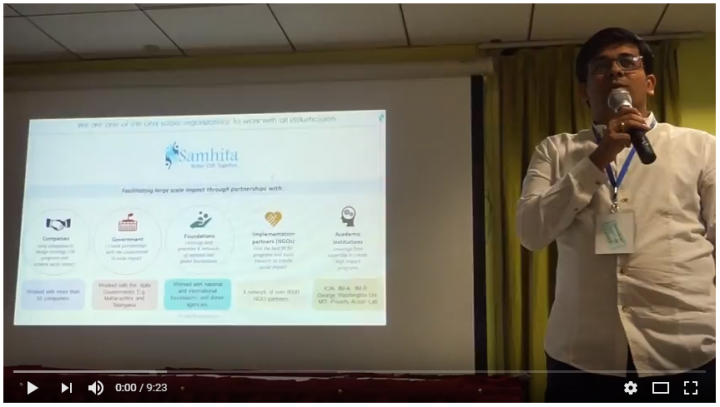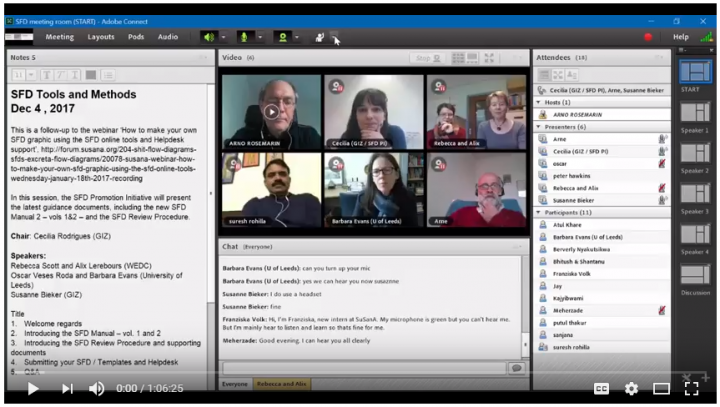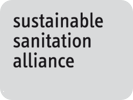Various Authors (2008) International Symposium on Sustainable Sanitation and Groundwater in Hannover, Germany Conference materials: Posters
From 14-17 October 2008, the German Federal Institute for Geosciences and Natural Resources (BGR) convened the international symposium on “Coupling Sustainable Sanitation and Groundwater Protection” in Hannover, Germany, in order to highlight the immense problems of groundwater pollution due to absent or inadequate sanitation facilities in developing countries. Together with international co-convenors (BMZ, UNEP and WHO) and supporting organizations (BORDA, DED, DWA, GTZ, IAH, KfW and […]
Various Authors (2008) International Symposium on Sustainable Sanitation and Groundwater in Hannover, Germany Conference materials: Presentations and Outcomes
From 14-17 October 2008, the German Federal Institute for Geosciences and Natural Resources (BGR) convened the international symposium on “Coupling Sustainable Sanitation and Groundwater Protection” in Hannover, Germany, in order to highlight the immense problems of groundwater pollution due to absent or inadequate sanitation facilities in developing countries. Together with international co-convenors (BMZ, UNEP and WHO) and supporting organizations (BORDA, DED, DWA, GTZ, IAH, KfW and […]
Ferron, S. (2017) Enabling Access to Non-Food Items in an Emergency Response A review of Oxfam programmes
This review aimed to get a better understanding of the extent and effectiveness of non-food item (NFI) distributions in Oxfam programmes, in order to develop recommendations for programme policy and guidance to maximize the impact of NFI distributions or alternatives in future responses. Documentation relating to 15 recent WASH responses was examined and key informant interviews were conducted with some of the key Oxfam staff […]
Various Authors (2009) The 3rd International Dry Toilet Conference in Tampere, Finland Conference materials
The 3rd International Dry Toilet Conference was held in Tampere, Finland, on 12-15 August 2009 and was organised by the Global Dry Toilet Association of Finland in cooperation with Tampere University of Technology, University of Tampere and Tampere University for Applied Sciences. 184 delegates from 47 countries gathered together to discuss various aspects of dry/ecological sanitation.The main theme of the conference has been the evaluation of […]
Various Authors (2010) Phosphorus Shortage: European challenges in Brussels, Belgium Conference materials
The threatening shortage of phosphorus – a key component of fertilisers – is crucial for the world’s food supplies. Phosphorus is an essential nutrient for all plants and animals. It is also one of the three key components (together with nitrogen and potassium) of fertilisers, and therefore crucial for the world’s food supply system. Phosphorus shortage will be one of the most pressing problems of […]
Various Authors (2010) NASS-Tage, Neuartige Sanitärsysteme in Weimar, Germany (in German) Conference materials
Die konventionellen Systeme der Abwasserbehandlung sind seit Jahrzehnten ein Garant für eine erfolgreiche Hygienevorsorge und saubere Umwelt in Deutschland. Jedoch hat sich in den vergangenen Jahren gezeigt, dass diese Systeme nur unflexibel auf die Anforderungen in Bezug auf Klima- und Ressourcenschutz reagieren können. Ein Paradigmenwechsel in der Siedlungswasserwirtschaft hin zu ressourcen-orientierten Systemen ist unausweichlich. Diesem Paradigmenwechsel stellen sich seit einigen Jahren hochrangige Wissenschaftler und Ingenieure im […]
Various Authors (2010) Semizentrales und dezentrales Abwassermanagement Konferenz in Bonn, Germany (in German) Conference materials
The language of this event was German. Die Veranstaltung soll die auf dem Sektorgespräch "Sanitärversorgung" am 12. Dezember 2008 im BMZ initiierten Diskussionen vertiefen helfen und insbesondere verstärkte Aufmerksamkeit auf die Bereiche semizentrales und dezentrales Abwassermanagement lenken. Hierbei soll Stand der Technik sowie neuere Entwicklungen in beiden Bereichen fokussiert auf den nationalen Bereichen dargestellt und in ihren kurz-, mittel- und langfristigen Auswirkungen auf die Entwicklungszusammenarbeit […]
Various Authors (2010) SuSanA Workshop in Mtwara, Tanzania Conference materials
The SuSanA workshop aimed at capacity building for the Water Supply and Sanitation Authorities (WSSA) from seven towns in Tanzania which participate in the program called „Seven Towns Upgrading Program“ financed by the EU water facility and KfW (grant financed). This program is contracted out by the Tanzanian Ministry of Finance and managed by the Ministry of Water and Irrigation. It covers feasibility studies and […]
Various Authors (2010) EcoSan Vision Workshop in Nairobi, Kenya Conference materials
Two ecosan workshops in Kenya, "ecosan Capacity Development Workshop" in Ugunja and "ecosan Vision workshop" in Nairobi, were organised and financed by the GTZ Program on sustainable sanitation - ecosan and the facilitating consultants Laura Kraft (freelance), Martin Wafler, Johannes Heeb (both seecon gmbh, Switzerland) and Ms. Pradnya Thakur (Ecosan Services Foundation, India). The main aim was to bring together sanitation and ecosan experts from […]
Various Authors (2010) EcoSan Capacity Building Workshop for Practitioners in Ugunja, Kenya Conference materials
Two ecosan workshops in Kenya, "ecosan Capacity Development Workshop" in Ugunja and "ecosan Vision workshop" in Nairobi, were organised and financed by the GTZ Program on sustainable sanitation - ecosan and the facilitating consultants Laura Kraft (freelance), Martin Wafler, Johannes Heeb (both seecon gmbh, Switzerland) and Ms. Pradnya Thakur (Ecosan Services Foundation, India). The main aim was to bring together sanitation and ecosan experts from […]
Various Authors (2011) Workshop on Emergency Sanitation in Stoutenburg, Netherlands Conference materials
The 2-days workshop "Identifying gaps in emergency sanitation - Design of new kits to increase effectiveness in emergencies" took place in Stoutenburg, the Netherlands from 22-23 Feb 2011. As a response to insufficient sanitation solutions deployed in the emergency situations, emergency and sanitation practitioners from different key organisations came together in Stoutenburg to discuss on how to improve gaps in technologies for the immediate emergency phase, […]
Various Authors (2013) Promoting Innovations and Sustainable Investments - Manila, Philippines Conference materials
The sub-regional conference formally launched the project (RETA 8060) "Promoting Innovations in Wastewater Management in Asia and the Pacific". The list of delegates was comprised of a mixture of government executives, wastewater industry practitioners and private sector representatives from the following countries: Philippines, Viet Nam, Indonesia, Bangladesh, India, Sri Lanka, Mongolia and Uzbekistan. The project is funded by the Japan Fund for Poverty Reduction (JFPR) that […]
Various Authors (2013) International Terra Preta Sanitation Conference - Hamburg, Germany Conference materials
The 1st International TPS Conference took place on the 28th to 31st of August 2013. It was well-attended and there were many vibrant discussions about TPS. Resources from the conference are now available on this page. -- Terra Preta Sanitation is an issue of growing concern in the light of water and sanitation, climate change, energy and soil protection. The International Terra Preta Sanitation Conference aims at […]
Various Authors (2014) Integrated Business Models throughout the Sanitation Value Chain with Safe Resource Recovery and Reuse Conference materials
The Integrated Business Models throughout the Sanitation Value Chain with Safe Resource Recovery and Reuse seminar combined the highlights of research on over 60 successful business cases and extracted business models for resource recovery and reuse in developing countries with a discussion on their applicability in a range of settings with practitioners and entrepreneurs. The Sanitation Safety Planning Manual was also presented to illustrate […]
Various Authors (2014) Unclogging the Blockages in Sanitation Conference materials
Conference Themes: The Action Exchange Unclogging the Blockages is about action. The action exchange was organized according to several themes (several are listed below) with experts from each of these subject areas presenting and leading small group discussions with their peers on what are the main challenges and barriers for moving forward. After these initial discussions, the challenges were be presented to larger mixed groups and […]
Gensch, R., Jennings, A., Renggli, S., Reymond, P. (2018) Compendium of Sanitation Technologies in Emergencies 1st Edition
Appropriate and adequate sanitation solutions are crucial for the protection of human health in emergencies. In recent years there has been an increasing number of sanitation innovations, appropriate for a variety of humanitarian contexts and a stronger sector focus on the entire sanitation service chain (from the toilet via collection and conveyance to the final treatment and safe disposal and/or reuse). Building on these developments, the […]
SuSanA (2017) SuSanA Working Group 6 Video Sanitation situation in developing countries
This video presents the sanitation situation in developing countries, some key challenges, concepts and planning approaches that are useful in achieving sustainable sanitation in urban areas. There are more interesting topics and information about urban sanitation that can be found on the SuSanA website.
Hawkins, P. (2017) SFDs in Africa: From Visualization to Action
Sustainable Sanitation Alliance (2017) SuSanA India Chapter Seminar Corporate Engagement in Urban Sanitation
The SuSanA India Chapter seminar took place in Pune, 18 November 2017 in the course of the SANIVATION’17 event. It was organized by the Ecosan Services Foundation, the India Sanitation Coalition and the SuSanA secretariat. The context of the topic was that Maharashtra State Government has recently declared all cities to be open defecation-free (ODF). The seminar successfully connected different actors in the region and […]

